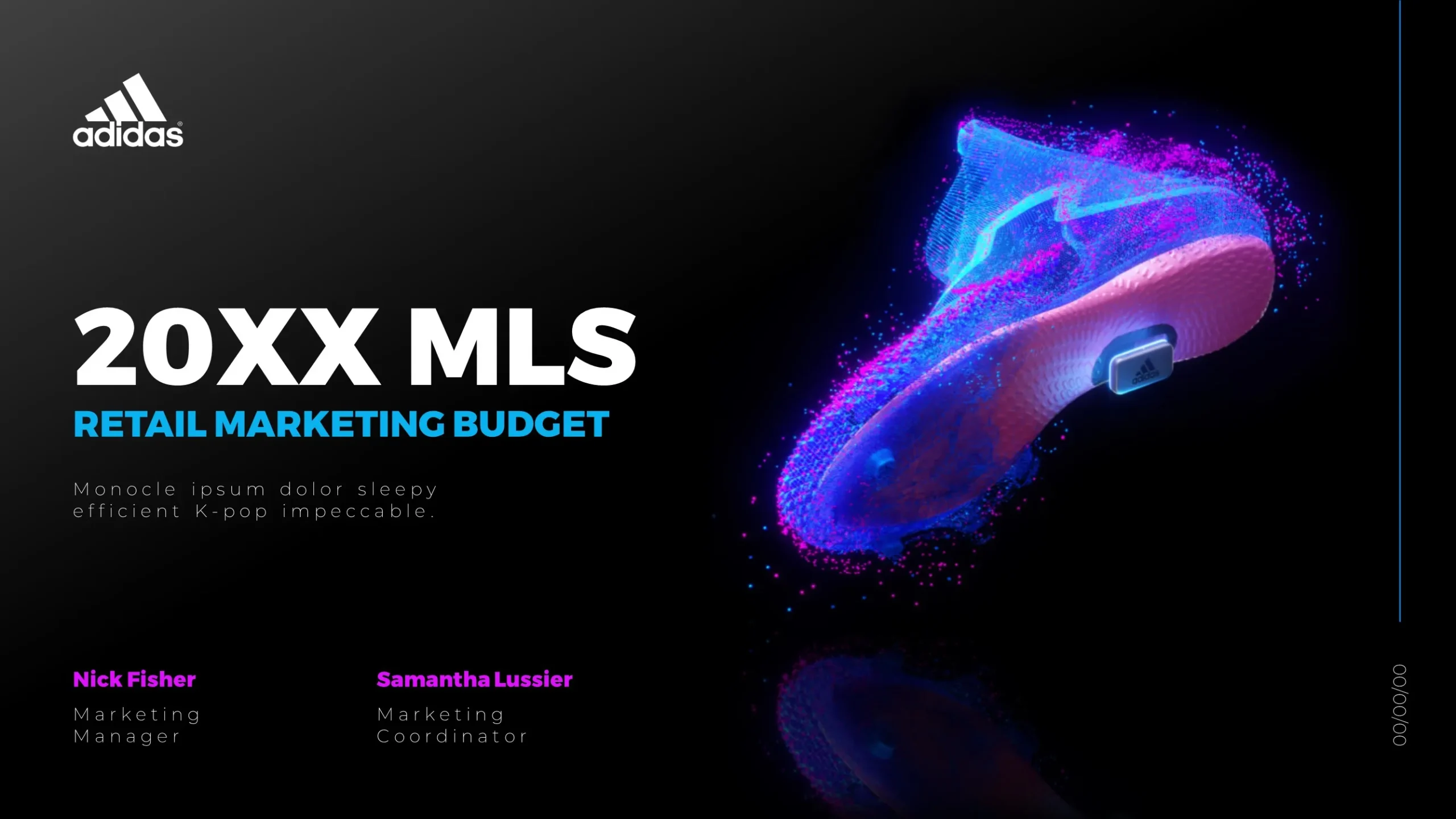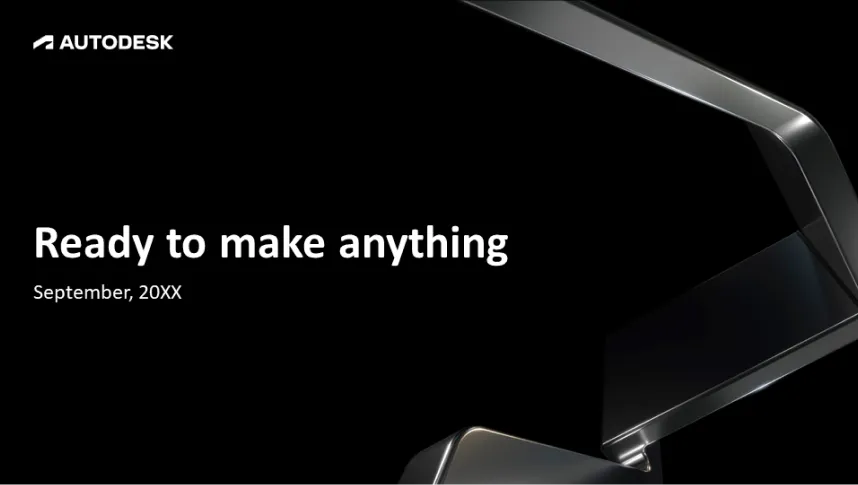Creating a professional slide deck involves combining compelling content with visually appealing design elements. Here are the best practices to help you create an effective and engaging presentation:
1. Start with a Strong Template
Professional Template:
- Use a high-quality, professional template that aligns with your brand. This sets a solid foundation for your slide deck.
Consistency:
- Ensure consistency in fonts, colors, and layout throughout the presentation. Consistent design helps maintain a professional appearance and makes your slides easier to follow.
2. Focus on Visual Appeal
High-Quality Visuals:
- Incorporate high-resolution images, custom graphics, and icons to enhance visual appeal. Avoid using low-quality or generic stock photos.
- Use infographics to present data in a visually engaging way. Infographics can make complex information more accessible and easier to understand.
- Utilize white space effectively to avoid clutter. White space helps focus attention on the key elements of your slide.
3. Keep Content Clear and Concise
Minimal Text:
- Use minimal text on slides. Aim for bullet points or short sentences that highlight key points. Your slides should support your speech, not serve as a script.
Hierarchy:
- Establish a clear hierarchy with font sizes and weights to guide the audience’s attention. Important points should be more prominent.
4. Use Engaging Typography
- Choose fonts that are easy to read and match your presentation’s tone. Use a combination of a bold font for headings and a regular font for body text.
Readability:
- Ensure text is large enough to be read from the back of the room. Avoid overly decorative fonts that can be hard to read.
5. Incorporate Color Strategically
Brand Colors:
- Use your brand’s colors to maintain consistency and reinforce your brand identity.
Contrasting Colors:
- Use contrasting colors to highlight key information and ensure text is readable against the background.
6. Add Animations and Transitions
Purposeful Animations:
- Use animations and transitions purposefully to enhance the storytelling. Avoid overusing them, as too many animations can be distracting.
Smooth Transitions:
- Ensure transitions between slides are smooth and not overly flashy. Subtle transitions can help maintain a professional tone.
7. Highlight Key Points with Visual Cues
Icons and Symbols:
- Use icons and symbols to highlight important points and make your slides more visually appealing. Icons can also break up text and make slides more interesting.
Callouts:
- Add callouts or highlights to draw attention to specific areas of a slide. This can help emphasize important information.
8. Utilize Data Visualization
Charts and Graphs:
- Use charts and graphs to present data clearly and effectively. Choose the appropriate type of chart for your data to ensure it is easily understood.
Simplify Data:
- Simplify complex data into easily digestible visual formats. Avoid overwhelming your audience with too much information on one slide.
9. Incorporate Storytelling Elements
Narrative Flow:
- Structure your presentation with a clear beginning, middle, and end. Use storytelling techniques to engage your audience and make your content more relatable.
Real-Life Examples:
- Incorporate real-life examples or case studies to illustrate your points and add credibility to your presentation.
10. Practice and Rehearse
Rehearse Delivery:
- Practice delivering your presentation multiple times to ensure smooth delivery. Familiarity with your slides will help you present more confidently.
Seek Feedback:
- Get feedback from colleagues or friends on both your slides and delivery. Use their feedback to make necessary adjustments.
11. Consider Accessibility
Readable Fonts:
- Ensure all text is easily readable, even for those with visual impairments. Use sufficient contrast and avoid small fonts.
Descriptive Text:
- Provide descriptive text for images and graphs to make your presentation accessible to all audience members, including those using screen readers.
12. Final Review and Testing
Check for Errors:
- Proofread your slides for any spelling or grammatical errors. Ensure all data and information are accurate.
Test on Different Devices:
- Test your presentation on different devices and screen sizes to ensure it looks good and functions correctly everywhere.
Conclusion
Creating a professional slide deck involves using a strong template, focusing on visual appeal, keeping content clear and concise, using engaging typography and strategic colors, incorporating animations and transitions, highlighting key points with visual cues, utilizing data visualization, incorporating storytelling elements, practicing delivery, considering accessibility, and conducting a final review and testing. By following these best practices, you can create a presentation that captivates your audience and effectively communicates your message. For professional assistance, consider partnering with an experienced presentation design agency like SlideGenius to ensure your slides are visually stunning and impactful.
View Our Presentation Portfolio










